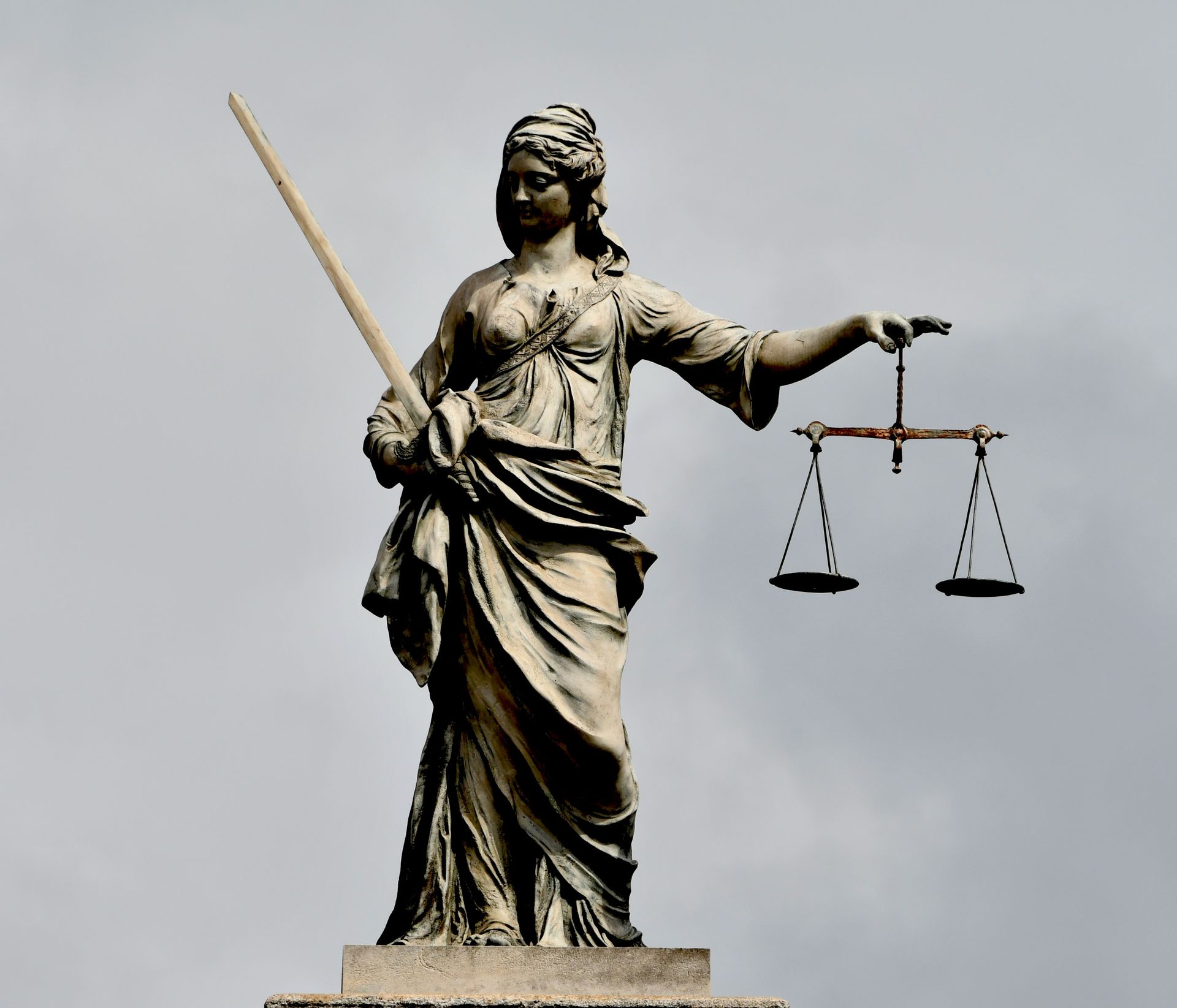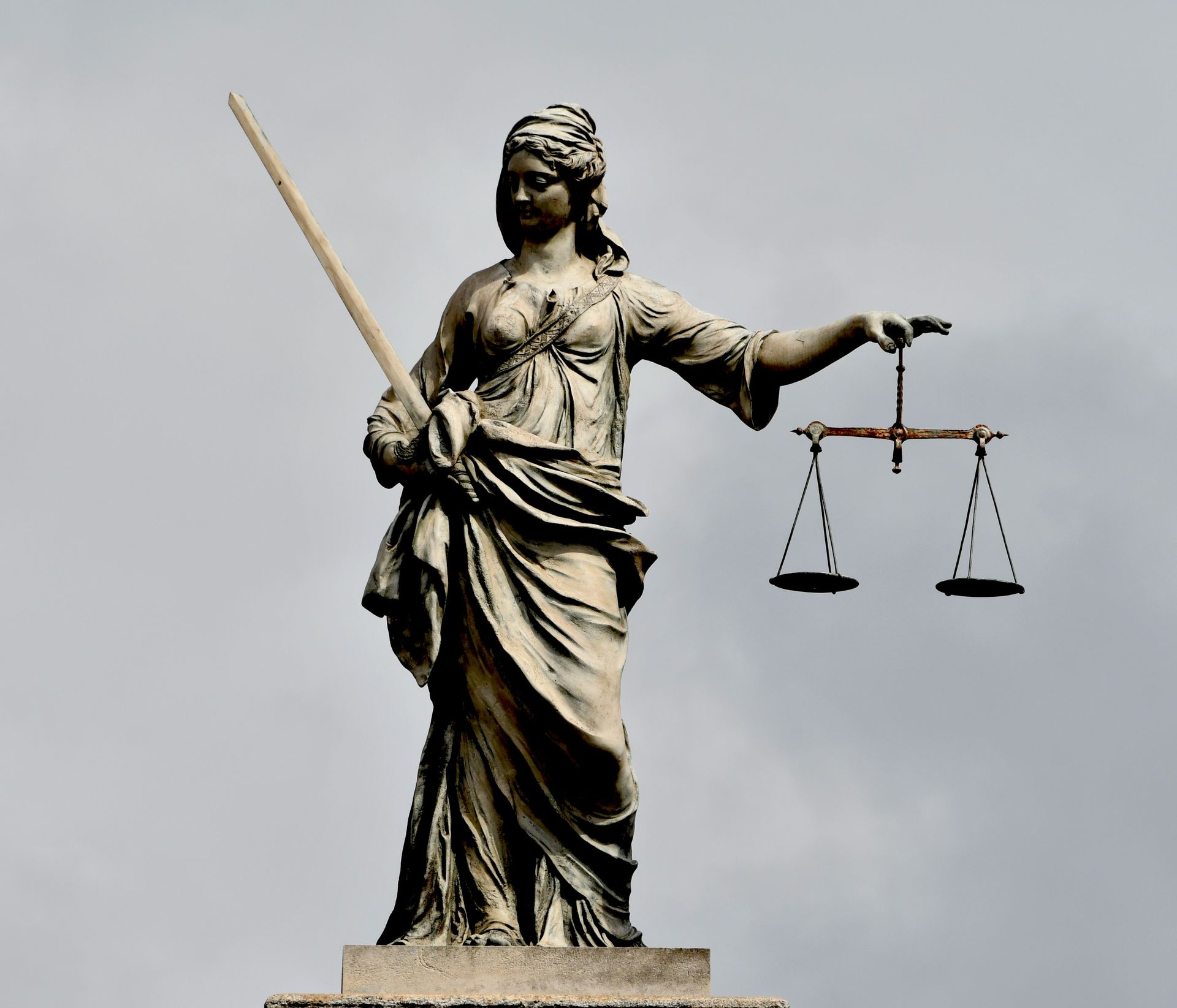If I Had to Formulate A Template for Managing Public Complaints, or Managing A Media Crisis, This CEO's Actions Would Be My Case Study for A Situation Well Handled
Some weeks back, I wrote a detailed account of my experience with an operational area of Wellington’s Bowen Hospital – a private hospital that’s part of the Evolution Healthcare stable of hospitals and specialist centres around the country.
While it was an unpleasant experience in its own right, my greater concern surrounded the way in which Bowen Hospital’s management handled it . . . or, rather, didn’t handle it; since all my attempts to communicate with whomever was at the top of the hospital's totem pole, were summarily ignored.
But worse than that, when I went down the “who owns this outfit?” rabbit hole, and found a corporate entity’s website with absolutely no means of making contact with anyone at that upper-level / parent body entity (no phone, no email address), my concern escalated as I contemplated the situation a patient or anyone needing to advocate for them, might have been in, in a truly serious situation.
Finding email addresses for several of their subsidiary operations, however, I sent each of these a request to on-send my concerned email to their parent organisation’s (i.e. Evolution Healthcare’s) Group CEO.
A Role Model-Worthy CEO Springs Into Action
And it was here that a highly responsible and role model-worthy CEO responded in a manner that should provide a flawless template for any corporate leader – or indeed, a senior operational-level manager – when faced with an escalated complaint from a customer, client, or member of the public.
Indeed, hats off to the example set by Evolution Healthcare Group Chief Executive, Professor Simon Keating – who swung into action immediately upon receipt of my email via whichever of his subsidiaries lost no time in forwarding it to him. (Thank you to those specific subsidiary enterprises.)
CEO/Prof Keating's actions, both individually and collectively, were impressive in their own right. Additionally, though, whether by sheer personal responsibility or whether by some pre-existent knowledge of the basic principles of media and crisis management, his response was truly "best practice":
1) He phoned me personally. I use only a landline and wasn't home, so he left a voicemail, with his personal mobile phone number, for me to return his call.
It takes a big person to do that, given that he might well have assumed he would be faced with a very angry complainant (I wasn't; rather, I was impressed at his responsiveness . . . but he wasn't to know that prior to picking up the phone to me).
2) When I hadn't yet gotten to returning his call by circa late morning the following day, he called again, personally. He immediately apologised unreservedly for my experience with his subsidiary enterprise. He advised that he was launching a full investigation into the various different aspects of my complaint. He advised that, in the interim, a particular staff member who had acted (very) inappropriately was being severely spoken to.
Acknowledgement of Customer's Concern Is First Step in Resolution Process
He was also quick to acknowledge the need for his corporate-level, parent-body website to have a phone number and a point of email contact - and advised me that he had immediately instructed his corporate marketing department to address the matter.
He thanked me for drawing this to his attention, and further, told me that he and the appropriate staff members would be putting in place a timeframe to advise anyone using said new email address, that they'd be responded to.
He also invited, and thanked me for, my suggestion as to the best wording for that first-level acknowledgement email. (NB: To be noted, strategic writing, marketing, media training and crisis management are all part of my professional skillset, while customer service is simply my personal passion.)
3) Shortly thereafter, Prof Keating followed up his phone call to me, with an email. He thanked me for my time spent with him on the phone, and he expressed genuine appreciation for my feedback. And to be noted, NOT some PR-verbiage template-style wording; no, he expressed his genuine appreciation for the value of both my (negative) feedback and my subsequent discussions with him. (It takes a big person to do that, too, when the original "feedback" had been nothing short of scathing.)
In that, the first of his several follow-through emails, he confirmed that his Group Corporate team had already now addressed the issues regarding phone and email contact points, adding that the website would, in time, feature specific wording encouraging customer feedback.
Follow-Up & Consistency Makes for Believability
4) In a further email, he advised that not only had he instructed that proper contact details be added to the Group Corporate website, but that now, each and every one of the Group's individual business units had also had more comprehensive contact details added to their websites.
"These have been tested and are working correctly," he wrote, adding that "the next phase of this is to develop a dedicated process for 'feedback' rather than simply via email enquiry." He even advised the specific role within the organisation that he'd tasked with keeping all contact details updated and functional.
Impressive.
The Prof's email also advised that, the following week, there was to be a meeting held with the executive in charge of the relevant hospital division, regarding all aspects of my complaint. He undertook to get back to me with the outcome of this.
True to his word, that is exactly what he did, within the general timeframe promised.
His next email advised that the executive responsible for looking after the Group's Hospital and Day Surgeries business, had identified and spoken with the staff involved in my "negative experience". He advised that my experience had also served to highlight some gaps in communication at an operational level, and he was glad that these had, as a result, been identified, in order that they could be addressed - with corrective processes put in place to ensure against any repeat thereof.
Finally, he conveyed to me, an apology from the specific staff member that catalysed the whole chain of events and my subsequent complaint - stating that said staff member now understood the "gravity" of his actions.
He concluded by once again thanking me for my detailed feedback, stating that, "I always take these opportunities as a way to improve our organisation, and feel on this occasion it has certainly done so."
He added a particular specific that demonstrated just how seriously he really had taken my complaint.
A Case Study in 'Best Practice' Customer Complaint Response
It always astounds me that a corporation will apportion large amounts of marketing budget to all manner of consumer / customer base research initiatives (that aren't really underpinned by much "initiative", actually) . . . but completely ignore the no-cost feedback / complaints sent into them from their actual (real life, not hypothetical) customers! Or, at best, they'll have some mid-level-on-the-totem-pole staffer respond (often belatedly) with some intelligence-insulting PR correspondence template about how "seriously they take customer complaints / product / service quality blah blah blah" . . . demonstrating, effectively, that they don't take it particularly seriously at all.
Which is precisely why the response, actions, and sustained follow-through by the Evolution Healthcare Group Chief Executive deserves to be held up as the template for responsible and respectful customer relations and complaint handling.
Again, whether through prior training, or through common sense and a personal modus operandi based on responsibility (I suspect the latter), the manner in which Professor Keating responded was a demonstration-in-real-time not only of good leadership, but also of all the principles I learned decades ago during my time working in New Zealand’s then-largest public relations agency, and later, during my years in my own marcoms consultancy (which, in turn, were informed by my prior career as a reporter and journalist).
The Fundamentals of Media & Crisis Management (which should also apply to customer complaint handling)
I’ll lay out these basic, overarching principles here:
- 'Who' Matters
Provide a non-templated, personally-signed response from someone in an appropriately senior position - as a sign of respect to the injured / affronted / inconvenienced party.
And don't even consider being tempted to use only a first name (with no surname) in a response. That's downright disrespectful to the complainant and plain cowardly.
- Immediacy of Response
Even if any immediate response can be only of an interim nature, RESPOND. Even if it’s only to say that you need time to gather all the surrounding facts.
Provide a reasonable timeframe within which you will respond - and do so.
- Acknowledge the Severity of the Complainant's Concern & Their Feelings About the Matter
Never minimise, debate, or sweep over any aspect of a complainant's concern . . . most especially where he or she has taken the time to outline the detail of these. (I strongly recommend downloading my free ebook, 'The 5 Most Infuriating Things You Could Ever Say to A Pissed-Off Customer'.)
- Commit to Investigate Thoroughly
Commit to investigate the complaint thoroughly - and do so with genuine neutrality. Err on the side of never justifiably having the "blood is thicker than water" criticism levelled at you for "closing ranks" or even appearing to close ranks on the customer / complainant.
If the investigation will take some time, explain why, and when you'll get back to the customer or complainant with your final conclusions. And you should step on the gas, too . . . don't drag the process out unnecessarily. That's not in anyone's interest: yours, your staff's, and certainly not the customer's. Nor that of your broader customer base, other members of which may also be experiencing whatever it is the complainant / customer has taken the time to draw to your attention.
- Convey the Detail - Both of Your Findings and of Your Intended Corrective Action/s
Don't spare the detail in your correspondence, and most especially in reporting your findings and the corrective action you intend to take - both within your organisation for its own improvement, and by way of a remedy for your customer.
One of the key differentiators between a value-less, template-style response that does nothing more than further disappoint or aggravate the aggrieved customer, and a customer whose business and goodwill is retained (and who is potentially even turned into a raving fan), is the detail and degree of personalisation you demonstrate in your correspondence.
- Express Sincere Gratitude for the Value of the Customer's Feedback (no matter how scathing)
The best and most effective leaders often employ the strategy of "leading from behind".
Exercising the humility to learn from your customer base and their expressed negative experiences is actually an opportunity to adopt practices and policies that stand to position your organisation way out in front of your competition. Chances are that, short of an extremely serious incident, your competitors are receiving similar types of complaint. Your opportunity lies in addressing these in a manner materially superior to those competitor organisations . . . the "turn them from a vociferous enemy and into a raving fan" strategy.
Indeed, a true leader understands the value of negative news-you-can-use.
- Don't Make It A War of Correspondence
Put a face and a name to it by picking up the phone.
Why wouldn't you? Why shouldn't you?
Of all of the impressive actions that formed the Evolution Group CEO's response to my article here in The Customer & The Constituent, first and foremost was the fact that he wasted no time in picking up the phone (twice), even leaving his personal mobile number on my voicemail.
He had me right there. The rest was icing on the customer complaint-handling cake.
Other News, Reviews & Commentary









